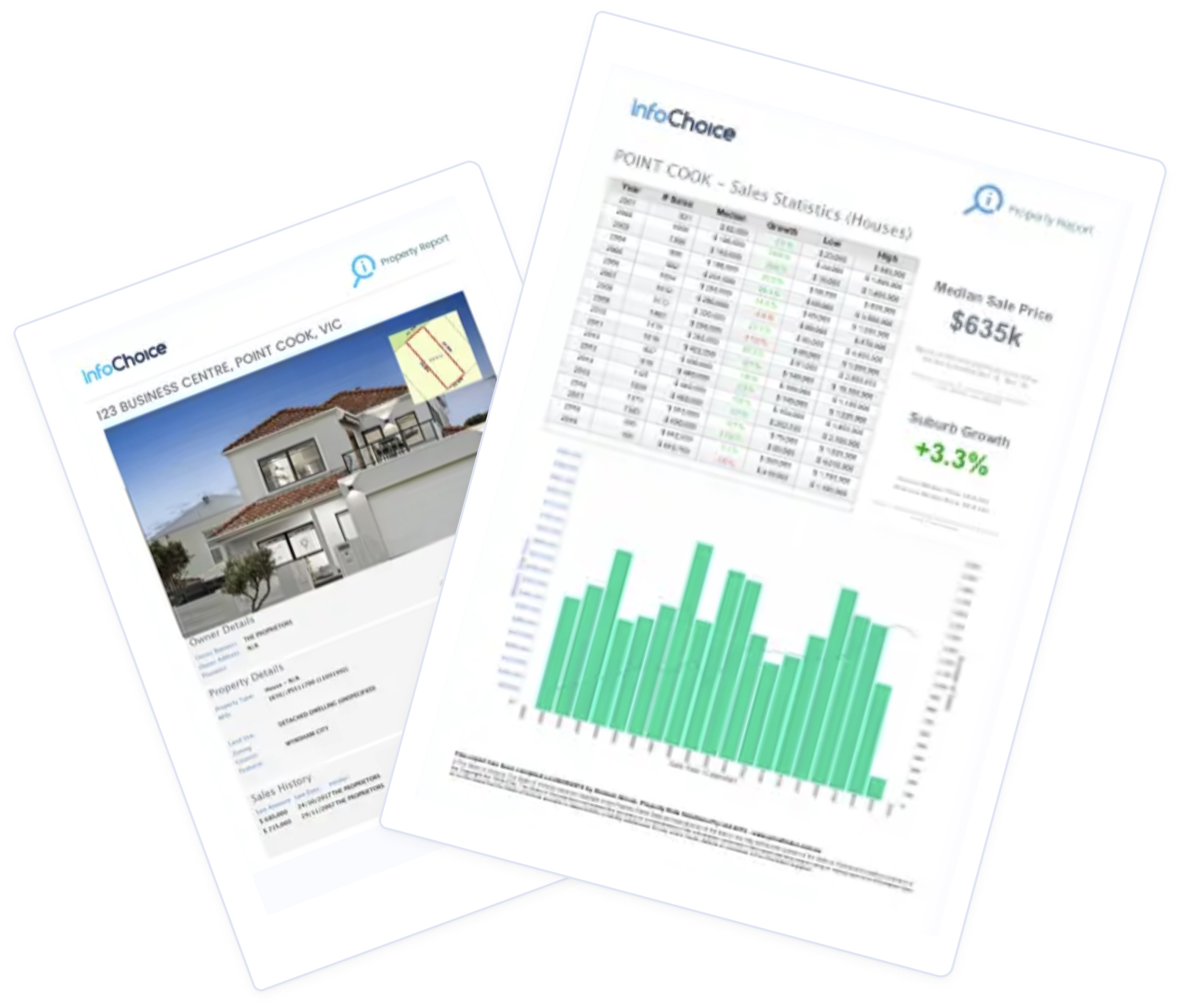Building your home can be a great way to have something brand new and built to your exact specifications.
However, homes cost a lot, and you'll likely need a loan for it - in this case, a construction loan. Construction loans can also be used for substantial renovations to the home, such as for additions or adding a level. You might also be able to use or draw down on the existing equity on your home to fund the construction.
How do construction loans work?
Unlike other types of home loans, construction loans are paid out in stages or as invoices come through. While work is undergoing, you'll often only make interest only repayments then switch to a standard principal and interest loan once everything is finished. This can mitigate risk for the lender. It also ultimately makes it more cost effective for you as building delays won't cost you extra in interest on an entire lump sum.
Construction loan payout stages
With a construction loan, there are typically six stages as to how it's paid out:
-
Preparation/Establishment: This includes the plans, council permits, connection fees, and insurances required for beginning work.
-
Base: Includes the concrete slab, footings, pad and base brickwork.
-
Frame: Money is loaned for the frame of the house i.e. the wooden bones that make up the shape of your home
-
Lock-Up: This step includes the windows and doors, roofing and roof tiles, exterior elements and insulation.
-
Fixtures and fitting: Think inside the home - this includes fitting out the kitchen with cupboards and appliances, plus the bathroom - shower, bath, sinks, toilet - and all plumbing and electrical work with power points and antenna outlets. This may also include plastering and painting inside.
-
Completion: The finishing touches are put on including any fencing around the yard, the site tidy up, and contractors receive their final payment.
Construction loan interest rates
You may have noticed interest rates on construction loans are higher than for established homes. It's not uncommon to find construction loans 20-50 basis points higher than a regular P&I owner occupier home loan. This is because of four main reasons.
-
Interest-only loans tend to attract higher interest rates.
-
There is more risk for the lender where jobs aren't completed on time or to budget. There could be material shortages, issues with tradespeople, inclement weather and other factors that can all blow out the cost of a home.
-
There is technically no home to secure the loan against. Your lender will have to determine the home's value and appropriate loan amount based on estimates of the dwelling's value and land value estimates from the council.
-
You won't actually start chipping away at the principal home value until it's completed - this enhances risk for a lender and heightens likelihood of negative equity (you owing more on the loan than the home is worth).
Documents
Beyond the usual documents required - proof of income, identification, and liabilities/assets, a construction loan requires a few more bits of paperwork.
-
Council plans and permits for construction
-
A fixed-priced contract
-
Your progressive payment schedule (if you plan on being an owner builder)
Compare construction loans
There's a few things to consider if you're trying to choose between construction loans
Interest rates
As with any loan the most pressing consideration is generally the rate you'll pay. The comparison rate is often a better representation of your overall cost since it takes extra fees and charges into account.
You'll also need to consider whether you want to make interest only repayments initially or pay off the principal amount right away. Interest only means you'll have to pay less while construction is going on, but over the life of the loan you'll end up paying more in interest.
Loan size
If you're looking to borrow a smaller amount you'll need to make sure your lender has a low enough minimum loan. This is often $150,000 but may be higher or lower. Say your renovation is only going to cost $20,000 - you might need to consider a personal loan instead or refinance your existing home loan.
Lending criteria
Some lenders have extra conditions on their construction loan products. For example the CommBank construction loan is only available for houses built and kept for personal investment or residential purposes and not for building dwellings that you plan to sell immediately i.e. flippers or developers.
Timing
Construction loans usually come with conditions stipulating that building work needs to begin within a certain timeframe. At ANZ, you'll need to make the first request to draw down on your loan within six months of receiving your letter of offer, and the build needs to be finished within two years of that initial draw down.
How to build confidently with the right home loan
Construction loans are structured differently from standard home loans. Funds are released in stages - slab, frame, lock-up, fit-out, and completion - with interest-only repayments during the build. Once construction is complete, the loan typically converts to a principal and interest payment.
For first-time borrowers, choosing the right lender is critical.
Valuation is key - lenders assess the on-completion value, not just land and build cost. If the valuation falls short, you may need to contribute more equity. Some lenders allow offset accounts during construction, while others don’t.
Construction finance can be complex - but with the right advice and a lender that suits their needs, first-time borrowers can build confidently and avoid costly missteps.
Types of construction loan
Owner-builder mortgages
If you've seen Grand Designs or The Block and thought 'I can do that', then you'll likely need what's called an owner-builder mortgage. You will usually need a permit from the relevant state government body. Fines are applicable if you don't.
In Queensland for example this is the QBCC, or Queensland Building and Construction Commission, and it's applicable if you're building anything worth more than $11,000. There are other limitations on work too, with these items ruled out:
-
Occupational work such as electrical work, plumbing, draining, gas-fitting or pest control
-
Fire protection or mechanical services work in excess of $1,100
-
Build commercial or industrial buildings (e.g. shops, industrial sheds, farm buildings)
-
Removal of more than 10 square metres of asbestos
-
Build or renovate multiple dwellings (e.g. duplexes, attached granny flat, block of units).
Further, not all lenders offer owner-builder mortgages for the very reason you've seen on Grand Designs - costs and timeframes can blow out significantly. This heightens risk for a lender.
- No Context Grand Designs (@ukgranddesigns) June 24, 2022
Green construction loans
The past few years has seen the proliferation of green construction loans. That means homes designed and built with energy-saving features from the outset. Lenders will offer a discount on the home loan rate if the home you're building is green, but there's a few hoops you might need to jump through.
The most common stipulation is that the home must achieve 7-stars on the 'NatHERS' rating system. NatHERS stands for Nationwide House Energy Rating System. Tips on how to get to 7-stars can be found here.
Getting your home to a green standard means installing things like solar panels and batteries, double glazing your windows, having an optimal orientation and floor plan, and other environmentally-conscious construction items.









